Today we conclude out series on “How To Analyze Self Storage In Todays Market.”
After this episode, you will have all the tools you need to find and analyze self storage opportunity’s for maximum profit in the seller’s market we find ourselves in today.
You have come a long way. You now know how to:
- Generate income, both gross and net for every type of self storage project there is:
- Existing Facilities
- Expansion Facilities
- Conversions
- New construction
- Create your Performa’s and show how lease up activities flow into the project.
- Generate “other income” such as retail sales or truck rental.
- Project Operating Expenses
- Determine your NOI (Net Operating Income).
- Project cash flows for a five or ten-year period by applying a rental growth percentage and expense growth percentage.
- Determine your future values for each year in your Proforma analysis (reversion CAP rate divided into the NOI for each year.
(If any of these don’t same any sense, review the last five episodes)
Yes, you have come a long way to get to this point. Where we are now is where self storage shines as a real estate investment above all others.
Every type of real estate investment has income, expenses, NOI, and debt service.
Remember, the value of any investment real estate is what a ready, willing, and able buyer will pay for the NOI in any given year.
That is a theory.
Or in other words, until someone actually gives you that amount in cash, it is just a theory.
A valid theory, but a theory. You can’t pay your debt service on that theory. You can’t buy groceries with that theory.
What you do buy groceries with is cash. Operating cash.
Your operating cash is what is left after you fund the activity below the NOI line.
For self storage in most cases that includes the loan payment and any capital expenses.
Here is the great news about self storage: there are almost no capital expenses.
Every other type of real estate investment has lots of capital expenses. In apartments or houses, every time someone moves out what happens? Clean up, painting, appliances replacement, and on and on.
In the office business, we used to budget $5.00 per square foot just to renew the leases (paint, carpet, and commissions). We would spend up to $20 per square foot to put a new tenant in a space.
You can have a great NOI line in any given year, but be negative in operating cash because you had 10% of your tenants move out at the end of a lease term.
Here is what I suggest in self storage. Each month put $1,000 or so into a capital reserve fund. Put that in your Proforma.
It really works.
We even have a $10,000 deductible on our property insurance. We had a $60,000 sign blow out in a wind event. The month it was replaced, we used the reserve fund for the deductible and insurance paid the rest. Not one cent was effected in cash flow distributions.
We know that every four years or so we will back on top. The money is there.
We know every 15 years, if there is an HVAC unit, it will need to be replaced. The money is there.
After loan payments, if you already have a modest reserve fund, the rest of your income is your operating cash. No tenant improvements, no new carpet and appliances, and no commissions.
That is why for us smaller investors (and the big ones too) self storage is so great.
So now you know how to determine you operating cash flow. Put a modest reserve fund in place, put in your loan payment, and you have your projected net cash flow.
So what now?
You now have everything you need to determine what you can pay for the project. You know how much and when the income comes in, what the values are on the project, and what your net cash flows are.
Depending on your business strategy (or what you need to have project return to you) you can now look at the Proforma and determine what price you can pay for a particular facility that will allow that return to happen.
For example, if you need a 12% per year average net cash flow in years 1-5, you just move the purchase price until that is reached.
Let’s look at a real deal and go through all the steps.
I was searching for property one day and came across this one:
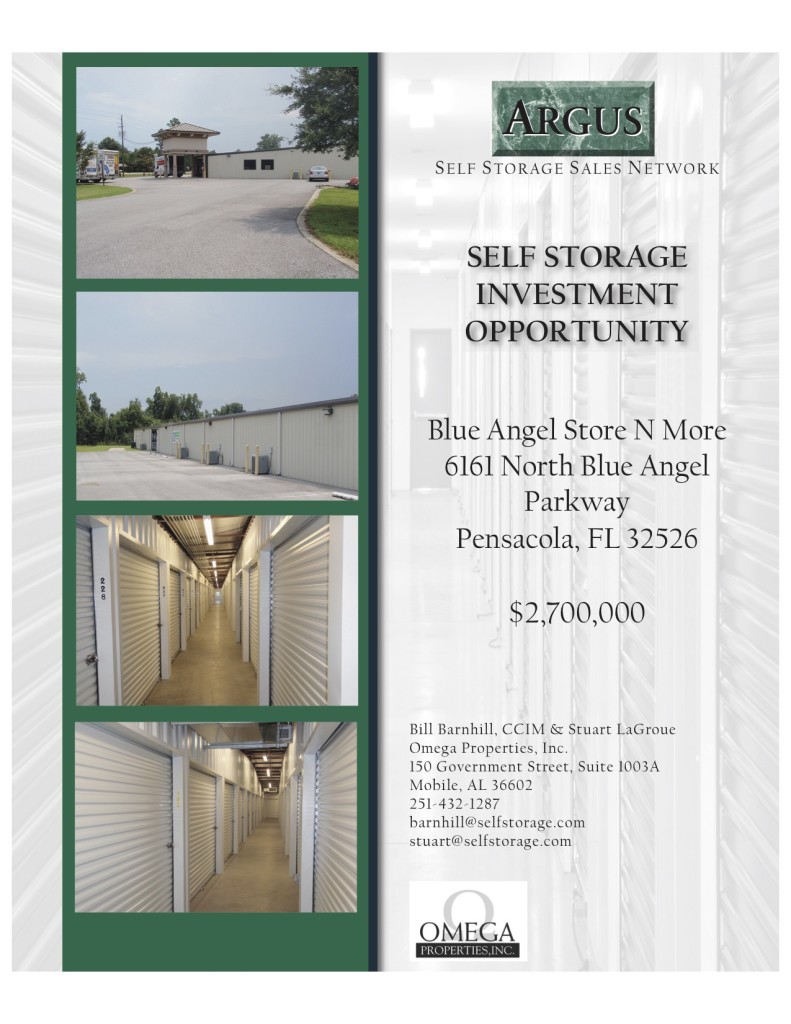
Nice looking property but seemed way over priced. As I dug deeper I realized there was some expansion land immediately behind the existing 100% climate controlled building.
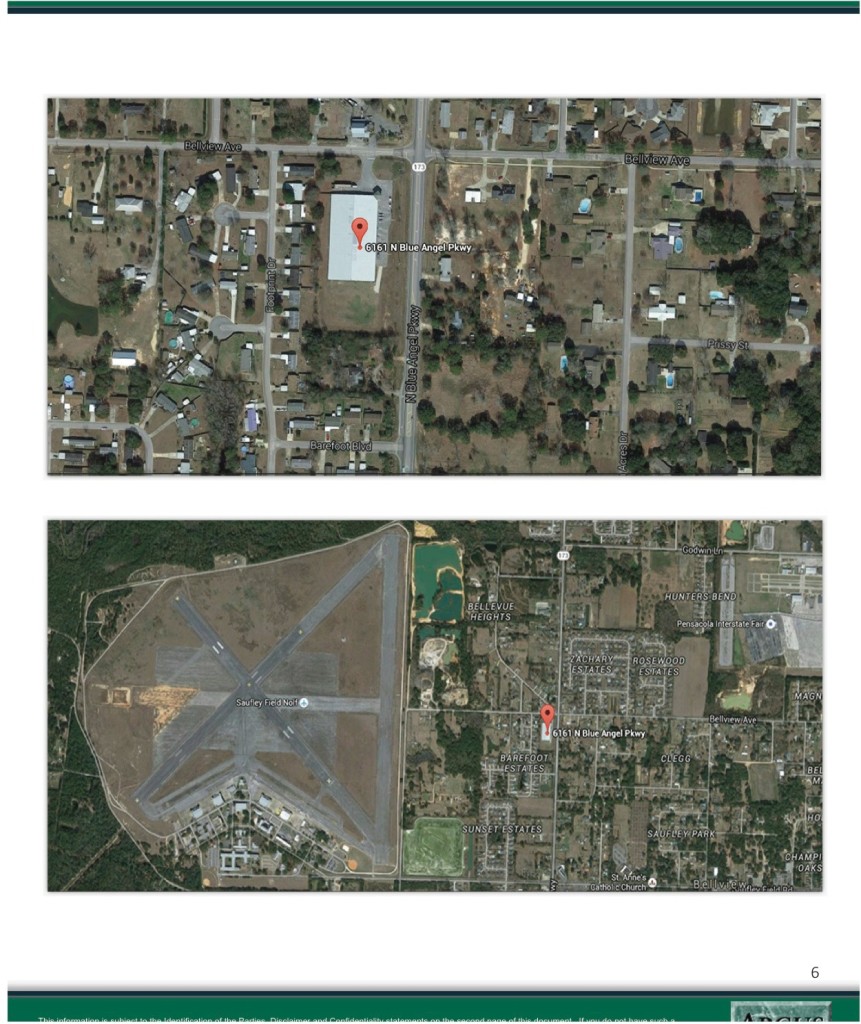
I started to run a preliminary Proforma.

I took the 18,750 sq. ft. of land, used the 75% rule and figured I could get about 14,063 square feet of net rentable climate controlled self storage. I then put in their current unit mix and saw they were getting $11.18 psf Gross Potential Income (GPI). It seemed low, but that is what I used.
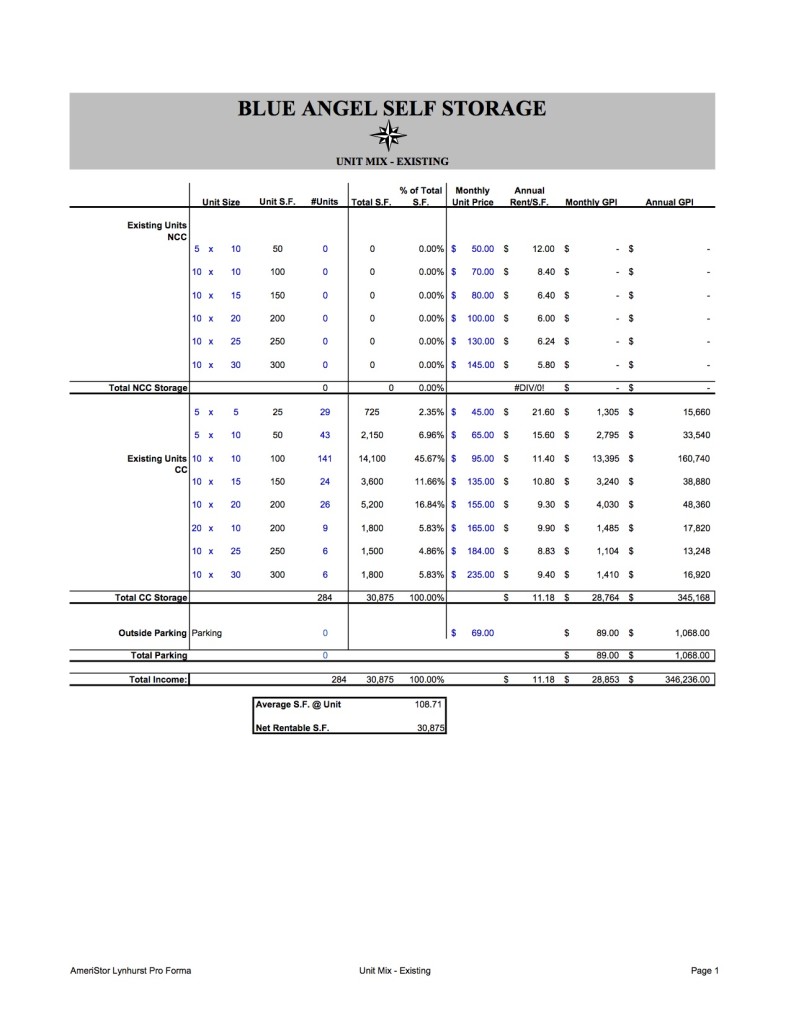
That size expansion didn’t give me enough additional income to get anywhere near the list price and get our returns needed for our acquisition strategy. I was just about to export this to the file on my computer where I store the hundreds (perhaps even thousands) of self storage projects that don’t work for us, when I thought, ” What if I could build two stories instead of one?”
So I doubled it and ran preliminary numbers. It seemed to work.
Then I created a preliminary construction budget.

It stilled seemed like it could work. (Note: the actual budget went up during the due diligence, but not enough to kill the deal).
Next, I thought I would put in the lease-up income and see if still appeared to work.
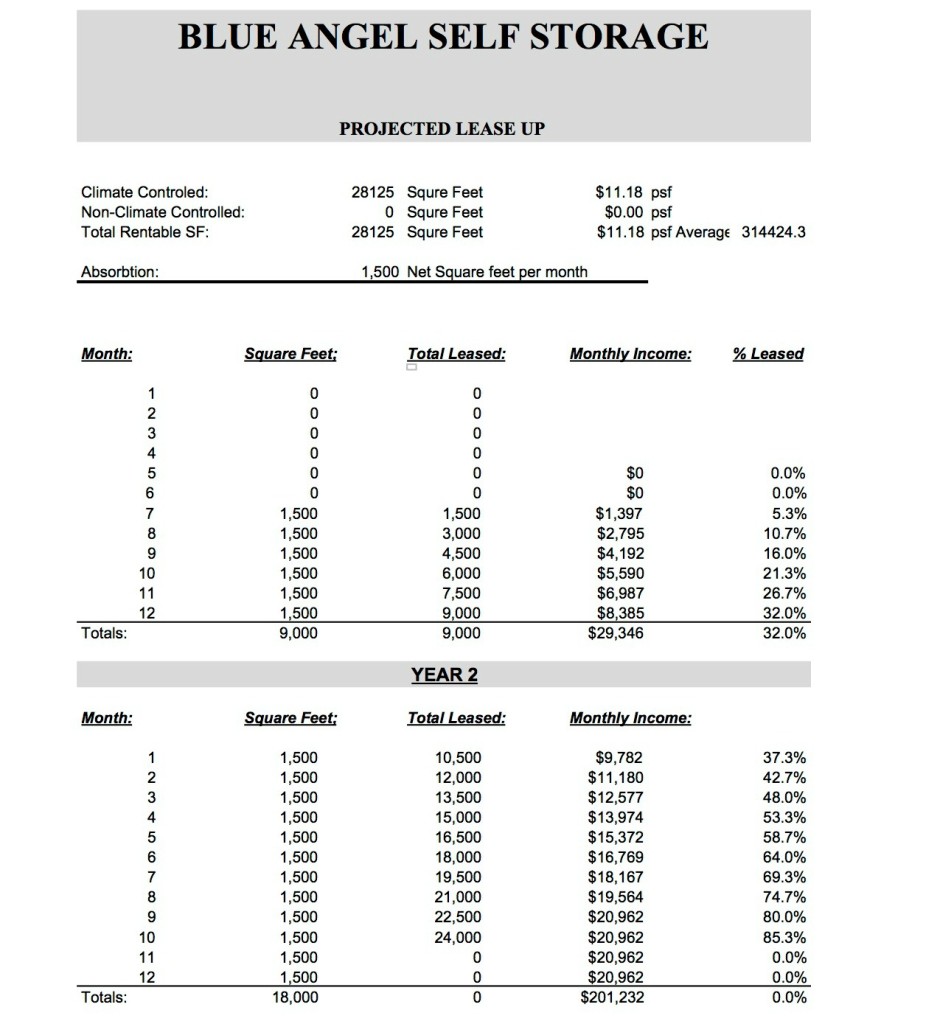
It turns out that at 1500 square feet lease up per month, it would take us until month 8 to actually start getting income. I also ran it at 1000 and 1200 per month. We ended up settling at 1500 due to the information we ultimately got from the Feasibility Report.
We thought through how we would run the property.
We used some of the seller’s expenses in the package (insurance and taxes, which we increased). For the most part, we used what we thought would work to run the facility under our business model. As usual, our operational expenses were higher than the marketing package numbers.
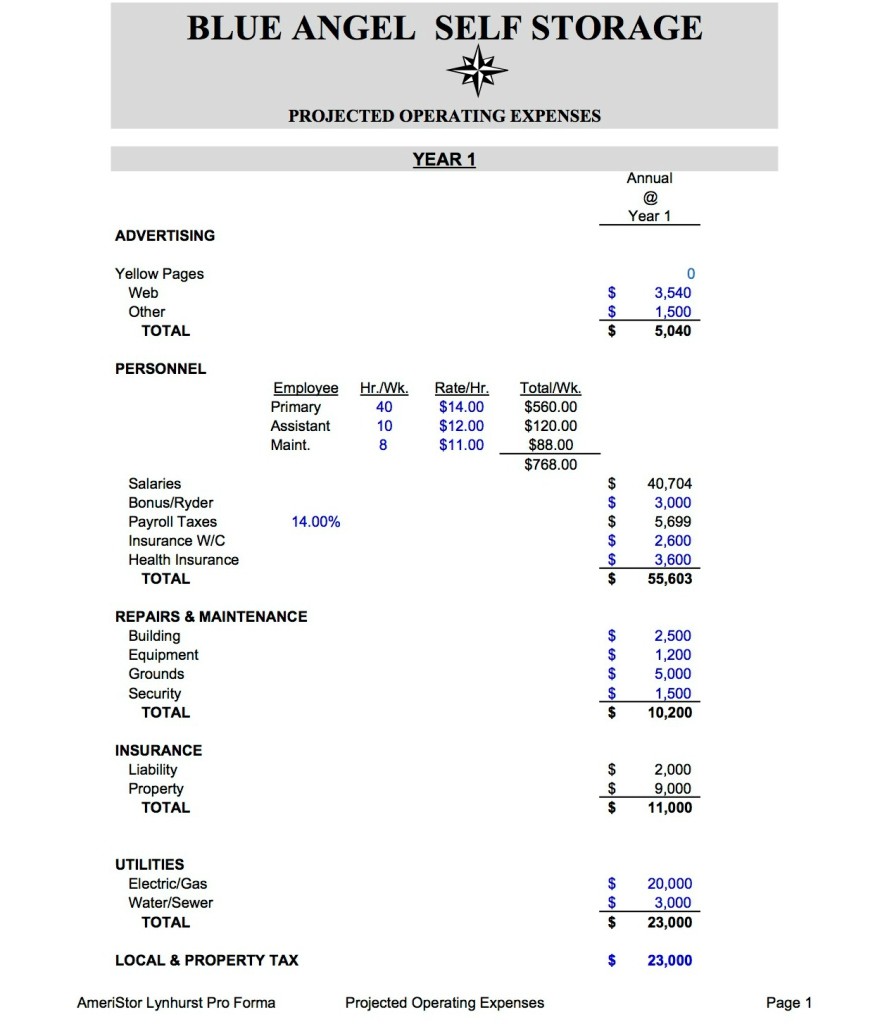
Then I looked at the ten-year cash flow using 3% per year GPI increase and 2.5% per year expense increase and with our loan in place.
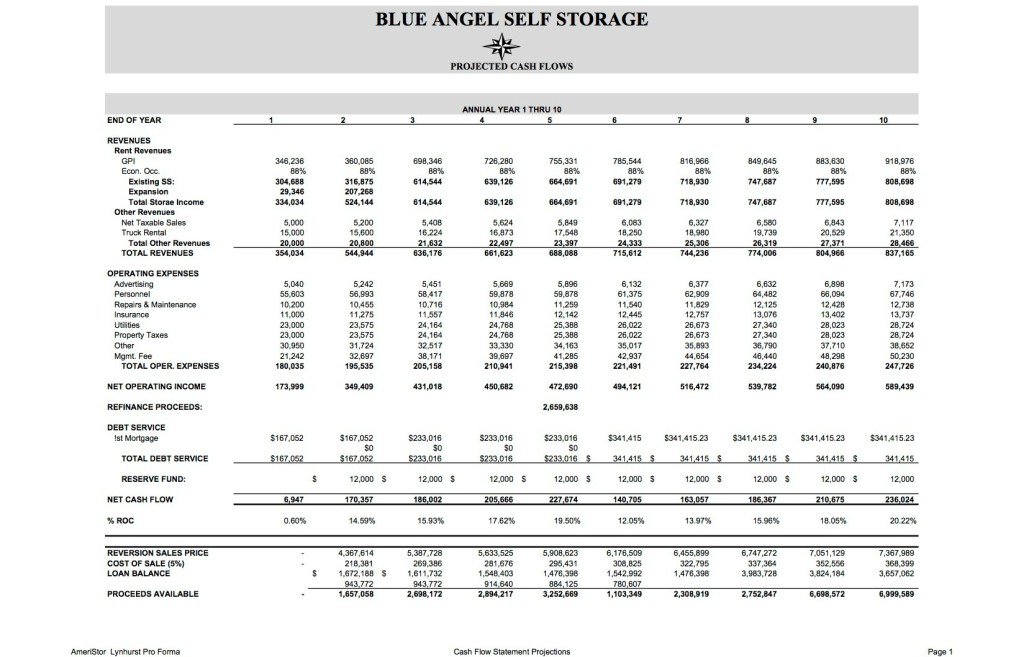
I adjusted the sales price until I could get the returns our business strategy needs.
We were close enough to the list price to make a run at it.
We were able to get it under contract. In the due diligence process, we received an approval for a two-story addition. We closed within two weeks from that approval.
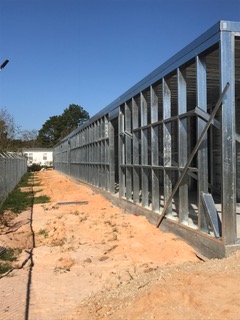
Do not use the numbers you see in this Episode for your own analysis! Prices change on construction and I do not warranty them at all. We feel good about this project, but we don’t know yet. It is still under construction.
I just wanted to share how using the analysis process we have been discussing in the last six episodes can translate into projects even in today’s overpriced market. I work with enough of you to know that there have been many similar projects in analysis over the last year. I only share mine because I have access to the numbers and am not violating anybody’s private business.
I plan on posting interviews next month with some of the people I’ve been working with that are new to self storage and have recently done this type of project. You can see how people just like you are getting into this industry today.
Yes, we paid more for the existing cash flow than I wanted. But we are bringing the new two story in at a price that works for us and our investment strategy. Blended together, it works for our strategy.
So now you know everything we know about getting in the self storage business in an overpriced market.
Practice analyzing and then go out and start and/or grow your self storage business. If you need more information on this type of analyzing, go to QuickStartAcademy.com. There is a free 3-video series as well as paid courses that go deeper into this process than we did in this series.
If you want more information on the analysis tool we use, you can find it at StorageWorldAnalyzer.com.
Now go make something happen. As I said in the book, “Creating Wealth Through Self Storage,” the quality of your life is determined by the quality of your challenges. Go out and create a challenge called “How am I going to close on this self storage facility?”
Those are fun challenges.




Summary:
• You can see how people just like you are getting into this industry today.
• Yes, we paid more for the existing cash flow than I wanted. But we are bringing the new two story in at a price that works for us and our investment strategy. Blended together, it works for our strategy.
• Now go make something happen. As I said in the book, “Creating Wealth Through Self-storage,” the quality of your life is determined by the quality of your challenges. Go out and create a challenge called “How am I going to close on this self-storage facility?”
• That size expansion didn’t give me enough additional income to get anywhere near the list price and get our returns needed for our acquisition strategy. I was just about to export this to the file on my computer where I store the hundreds (perhaps even thousands) of self-storage projects that don’t work for us, when I thought, ” What if I could build two stories instead of one?”